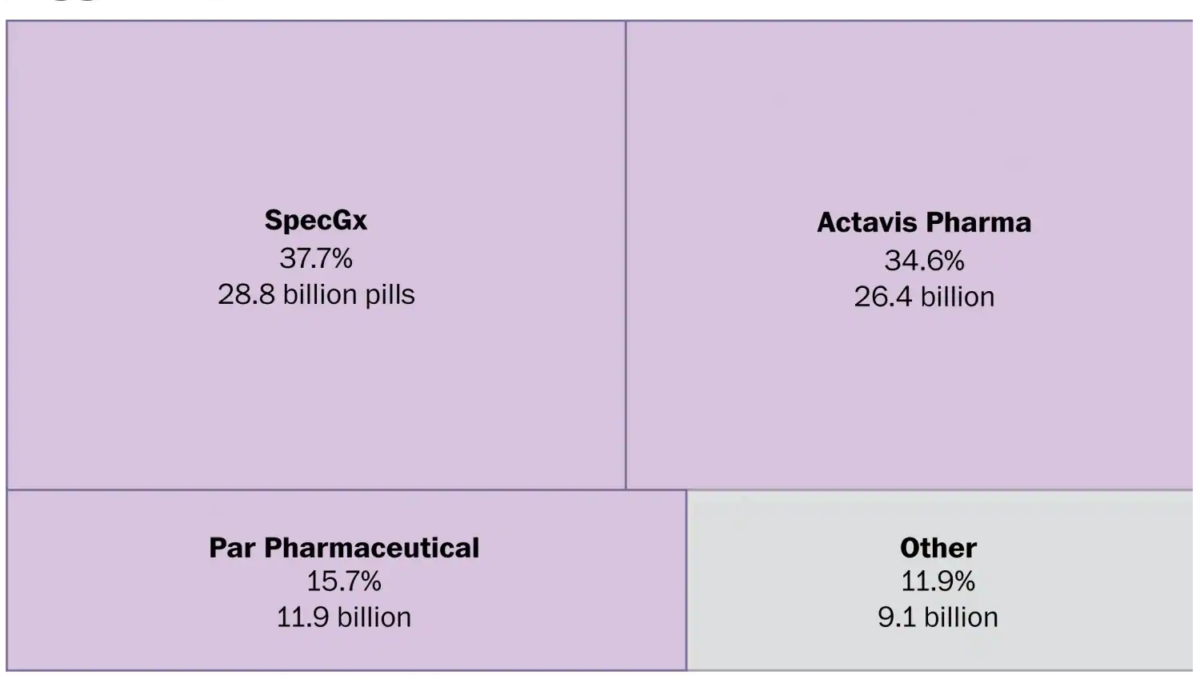Americans are dying younger, and where you live makes a big difference – Americans born in Mississippi and Florida may die 20 years younger than their peers born in Colorado and California

By Jeremy Ney
12 April 2023
(TIME) – The average U.S. life expectancy has hit its worst decline in 100 years and America’s standing is dismal among peer nations. But the average obscures a more complex story. The United States is facing the greatest divide in life expectancy across regions in the last 40 years. Research from American Inequality found that Americans born in certain areas of Mississippi and Florida may die 20 years younger than their peers born in parts of Colorado and California.
The decline is not occurring equally throughout the country. In the land of opportunity, millions of people are not even given a fair shot at life.
America is unique among wealthy countries when it comes to how young people die, and the trend is only getting worse. From 2019 to 2020, U.S. life expectancy declined by almost 2 years according to the Center Disease Control and Prevention (CDC), the worst two-year decline since 1921-1923. When Covid hit, America experienced a larger decline in life expectancy than any other wealthy country. Life expectancy in America is now 76 years.
What is driving the differences in who lives and who dies in America? The answer is wealth, demographics, and location.
State policies tremendously influence life expectancy. Income support, medicaid expansion, stronger gun control, drug overdose prevention, and safe abortion access are among the drivers of regional divides in life expectancy. Overdoses kill more than 100,000 people each year. Guns kill more people than cars do. But digging into communities shed light on the country’s biggest issues.

Wealthier Americans live longer
Income is a major driver of higher life expectancies. In the wealthiest regions like Aspen, Colorado and Santa Clara, California, median household incomes reach the hundreds of thousands of dollars and Americans live to 87 on average, the highest in the country. But in poorer regions like or Owsley County, Kentucky or Union County, Florida, the median household income is $35,000 and life expectancy floats around 67 on average, the lowest in the country.
Our research has found a painfully high correlation between household income and life expectancy.
Poverty in America is not about income alone. Low-income communities, regardless of the state, are more likely to struggle with access to affordable healthcare; they are more likely to live near toxic sites and develop lung cancer; they are more likely to live in food deserts and wrestle with illnesses like heart disease and obesity; and they are more likely to die younger from drug overdoses.
Adequately addressing inequality in life expectancy requires looking across factors and working to improve these challenges for communities.
Black communities die younger
Thomas McGuire, professor of health economics at Harvard Medical School, explained, “In terms of health, there’s approximately a five-year penalty for being African-American compared to being a White male.”
Black Americans in every state have lower life expectancies than their White peers by 4 years on average. This is largely due to the lower-quality care that Black communities receive for conditions like cancer, heart problems, pneumonia, pain management, prenatal and maternal health, and overall preventive health.
Pemiscot County, Missouri represents this gap most clearly as it has one of the lowest Black life expectancies in America. In Pemiscot, Black residents die at 64 on average, effectively meaning that they will work until they die. 1 in 4 residents in Pemiscot is Black. Pemiscot has one public hospital that almost closed in 2013 and it’s one of the poorest counties in Missouri.

State policies make a big difference
States in the Deep South have lower life expectancies than states north of the Mason-Dixon line. These five factors may be the reasons why the residents of some states live far longer.
1. Expanding the EITC and CTC: More money means more time alive, and certain programs which put cash directly into low-income homes have improved life expectancy. The Earned Income Tax Credit (EITC) and Child Tax Credit (CTC) federally have been some of America’s most successful poverty alleviation programs, but 11 states have enacted their own CTC programs and 31 states have implemented their own EITC programs, putting more cash into the most needy homes. Residents in states that have adopted both the EITC and CTC tend to live 2 years longer than states which have implemented neither. This may even be more cost effective at increasing life expectancy than many other policies. These programs are designed to support children, too. [more]
Americans Are Dying Younger—But Where You Live Makes a Big Difference



